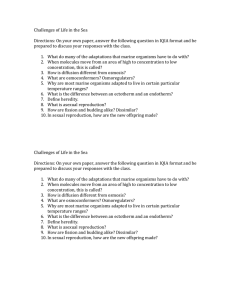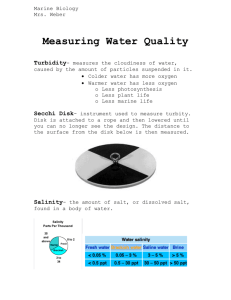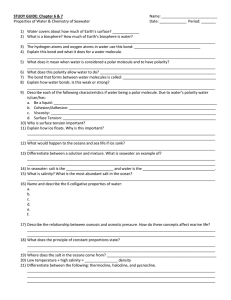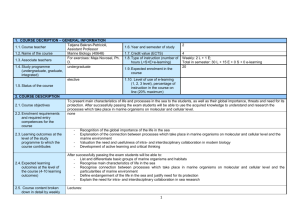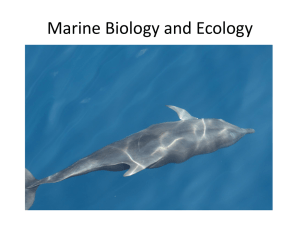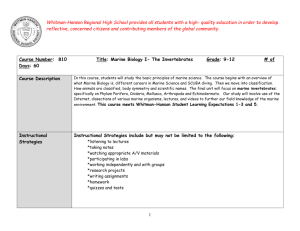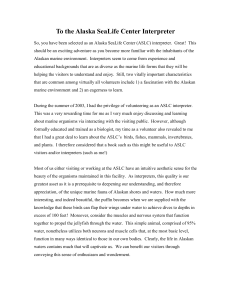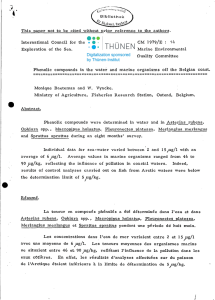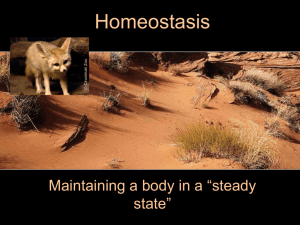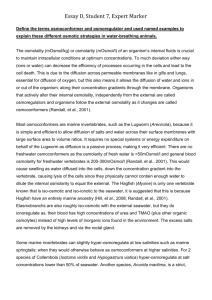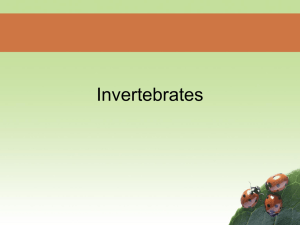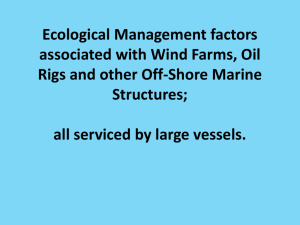Biology 101 - Jocha
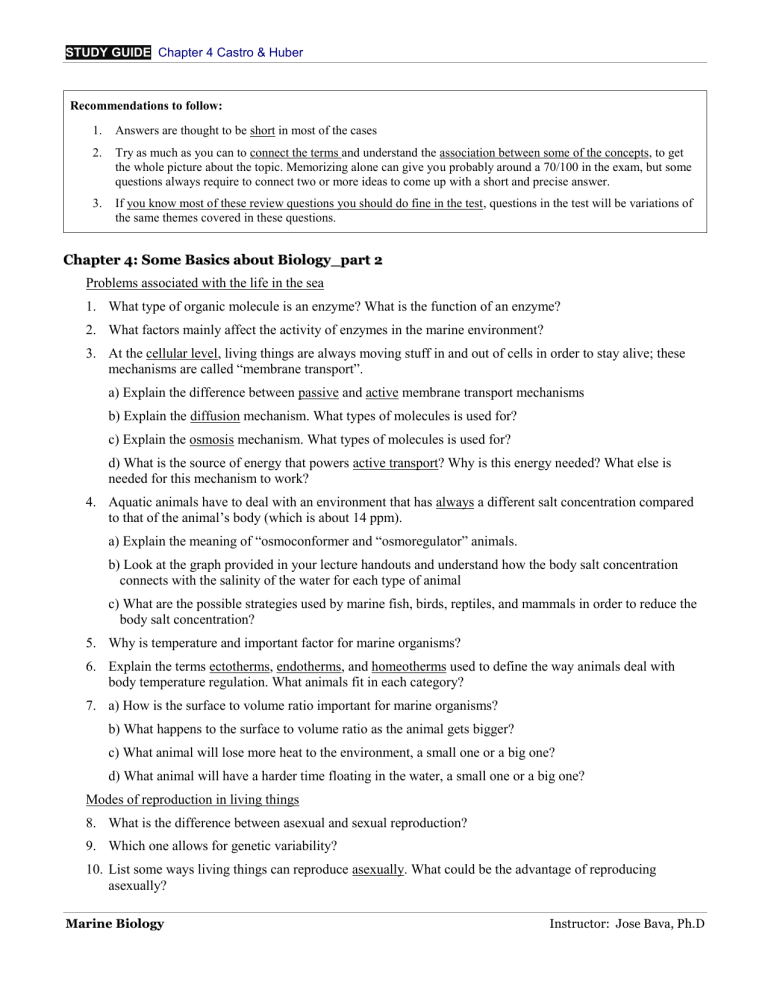
STUDY GUIDE Chapter 4 Castro & Huber
Recommendations to follow:
1.
Answers are thought to be short in most of the cases
2.
Try as much as you can to connect the terms and understand the association between some of the concepts, to get the whole picture about the topic. Memorizing alone can give you probably around a 70/100 in the exam, but some questions always require to connect two or more ideas to come up with a short and precise answer.
3.
If you know most of these review questions you should do fine in the test, questions in the test will be variations of the same themes covered in these questions.
C h a p t e r 4 : : S o m e B a s i i c s a b o u t B i i o l l o g y _ p a r t 2
Problems associated with the life in the sea
1.
What type of organic molecule is an enzyme? What is the function of an enzyme?
2.
What factors mainly affect the activity of enzymes in the marine environment?
3.
At the cellular level, living things are always moving stuff in and out of cells in order to stay alive; these mechanisms are called “membrane transport”. a) Explain the difference between passive and active membrane transport mechanisms b) Explain the diffusion mechanism. What types of molecules is used for? c) Explain the osmosis mechanism. What types of molecules is used for? d) What is the source of energy that powers active transport? Why is this energy needed? What else is needed for this mechanism to work?
4.
Aquatic animals have to deal with an environment that has always a different salt concentration compared to that of the animal’s body (which is about 14 ppm). a) Explain the meaning of “osmoconformer and “osmoregulator” animals. b) Look at the graph provided in your lecture handouts and understand how the body salt concentration connects with the salinity of the water for each type of animal c) What are the possible strategies used by marine fish, birds, reptiles, and mammals in order to reduce the body salt concentration?
5.
Why is temperature and important factor for marine organisms?
6.
Explain the terms ectotherms, endotherms, and homeotherms used to define the way animals deal with body temperature regulation. What animals fit in each category?
7.
a) How is the surface to volume ratio important for marine organisms? b) What happens to the surface to volume ratio as the animal gets bigger? c) What animal will lose more heat to the environment, a small one or a big one? d) What animal will have a harder time floating in the water, a small one or a big one?
Modes of reproduction in living things
8.
What is the difference between asexual and sexual reproduction?
9.
Which one allows for genetic variability?
10.
List some ways living things can reproduce asexually. What could be the advantage of reproducing asexually?
Marine Biology Instructor: Jose Bava, Ph.D
STUDY GUIDE Chapter 4 Castro & Huber
11.
The sexual reproduction process requires a particular type of cell used for reproduction called “gamete” or
“sex cell” (sperm and eggs for males and females). Explain a) What is the name of the process that generates sex cells? b) What are the two main differences between gametes and all other cells in the body?
Diversity of life in the sea
12.
Define evolution. At what level (species, individual, population, community) we see evolution?
13.
Explain what is intended with the term “population”.
14.
What is a “species”? In other words, why is a hybrid like a mule not considered to be a new species?
15.
Explain the concept of evolution by natural selection proposed by Darwin and Wallace.
16.
What is the idea behind Darwin’s theory of sexual selection?
17.
In evolutionary terms, what does fitness indicate?
Classification of living things
18.
Define taxonomy
19.
Explain why the present system of naming organisms is called “binomial”
20.
List the different hierarchies used to group organisms from more general (domain) to more specific
(species)
Marine Biology Instructor: Jose Bava, Ph.D


